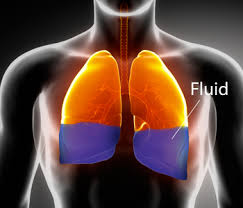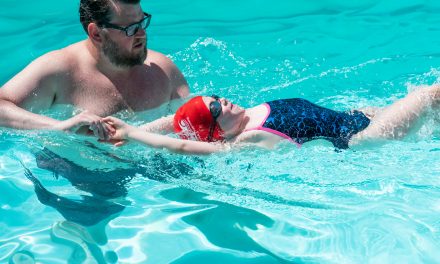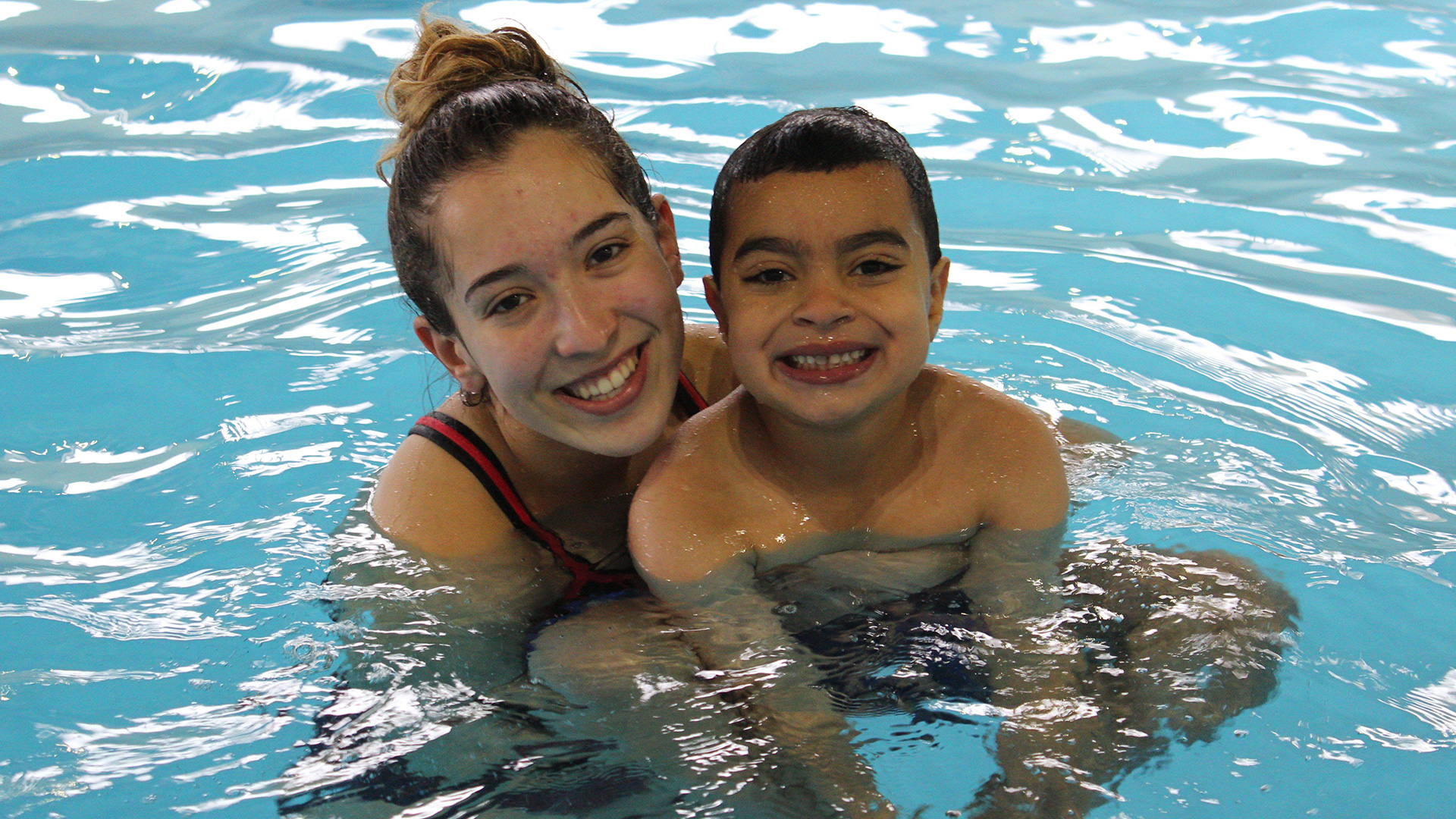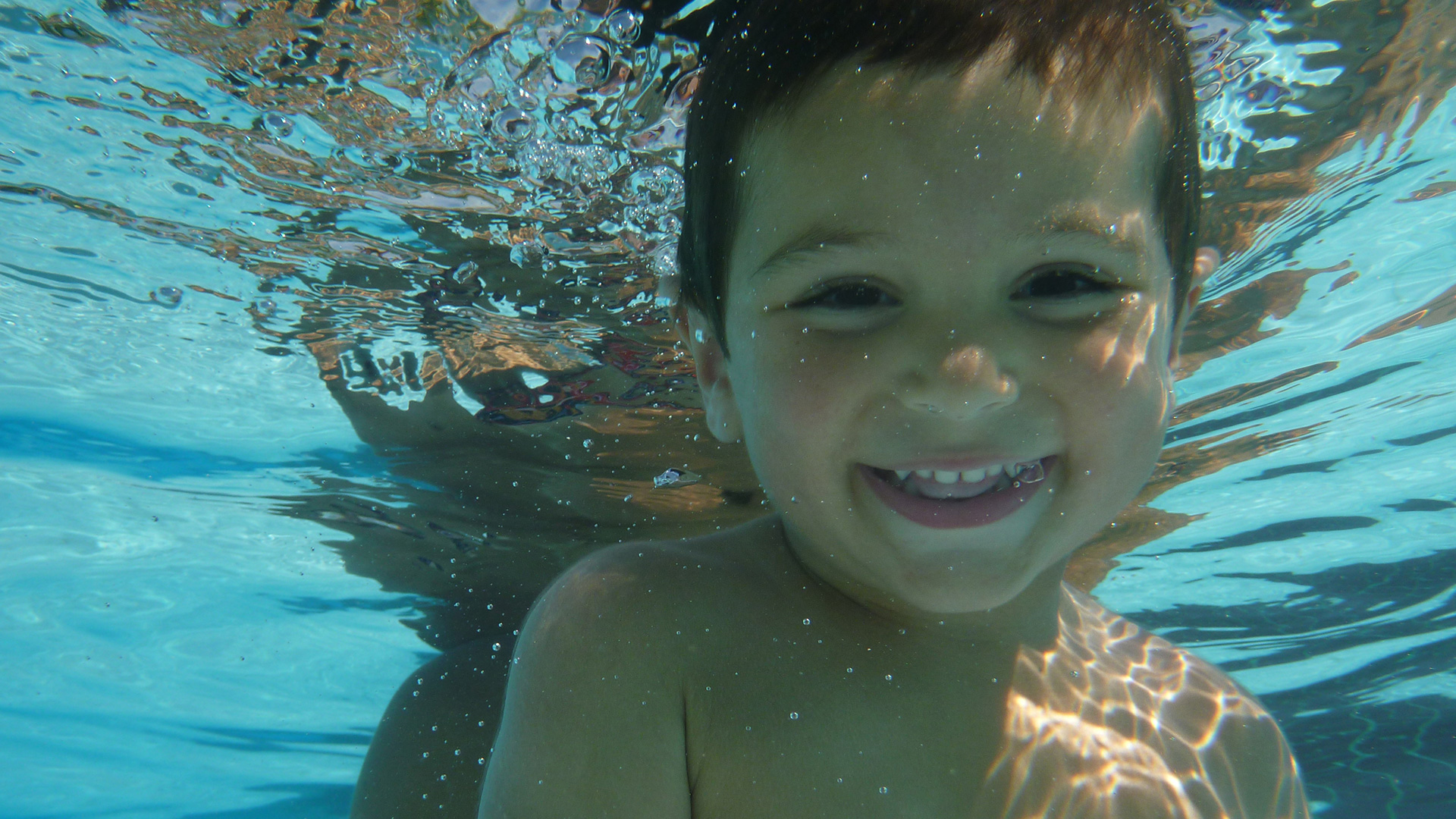The notion of secondary drowning is terrifying.
Child goes swimming. Child chokes on water, but recovers and keeps swimming. Child goes to sleep that night. Child drowns in his own sleep.
Terrifying yes, but this is indeed a worst case and rare scenario. And what terrifies us is often what we do not understand.
So let’s shine some light on secondary drowning.
Drowning is generally defined as having difficulty breathing after getting water in the lungs. Note that secondary drowning is different than “dry drowning”, another common term. In dry drowning, water does not enter the lungs. Instead, vocal cords spasm up after water enters the throat, making it difficult to breathe.
Secondary drowning is a complication related to drowning, whereas water enters, remains and pools in the lungs. In more specific terms, irritation to the lining of the lung caused by water can cause build up of the water itself, and prevent the exchange of O2 and CO2. This often occurs once the individual has fallen asleep the night of the incident.
Secondary drowning most often occurs after a near drowning experience, where significant portions of water are aspirated into the lungs. However, it has been known to occur after lesser water-related incidents, and even from accidentally choking on water during leisure and recreational swimming.
Big Question #1: As a parent, what do we need to watch out for?
Watch your child closely following any swimming activity, especially if during that activity the child inhaled water. The child may exhibit signs of difficulty breathing following the activity: coughing, gurgling sounds from the throat, etc. Other symptoms that may accompany this include drowsiness, irritation, fatigue. Trust your instincts- you will know as a parent because your child will likely seem off.
Big Question #2: What do I do if my child exhibits these symptoms after swimming?
Go see a medical professional immediately: clinic, hospital, etc. Monitor your child closely. Most likely these symptoms go away shortly, but always get seen by a professional, because as they says “better safe than…”.
Big Question #3: How can I be proactive and prevent this?
Always watch your children when they are swimming.No matter what. Not playing on a ipad or smartphone while they swim by themselves. Actively supervise, I recommend getting in the water with them and sharing in the fun.
Also, ensure your kids are able to swim starting at the youngest age possible. Most clubs (including the Canada Swim School & Montreal Institute of Swimming) have programs for infants starting at just a few months old. Infants who take swimming lessons at young ages (and thus learn properly hold their breath) are much less likely to experience a swimming related incident.
Finally, if you have a pool at your home, adhere closely to the local regulations for pool safety. Secure the pool area, have rules for your child when swimming (never swim unsupervised, etc).
Don’t let this article freak you out, or discourage you from swimming. Secondary drowning, while very rare, is best prevented through education and being comfortable in the water. Couple this with close supervision of our kids, diligent monitoring and awareness, and educating the public, we can continue to reduce downing swimming related accidents.
Have an awesome day!












